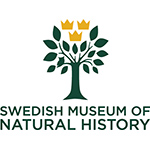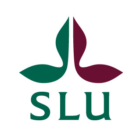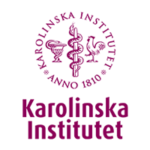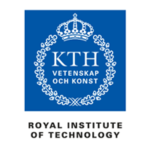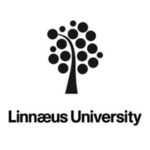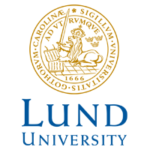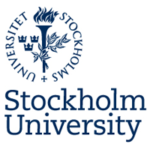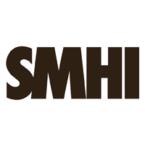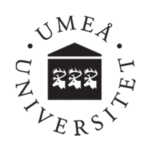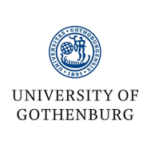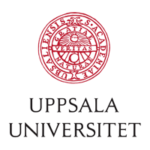Overview
The Swedish Biodiversity Data Infrastructure (SBDI) is a national e-infrastructure that empowers research and innovation in biodiversity and ecosystems. By providing open access to high-quality data and powerful analysis tools, SBDI creates new opportunities for interdisciplinary research and discovery.
Serving as the Swedish node of the Global Biodiversity Information Facility (GBIF), SBDI enables scientists, policymakers, and other stakeholders to address the biodiversity crisis with reliable data and innovative digital solutions.

